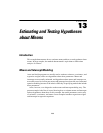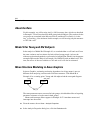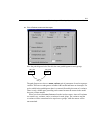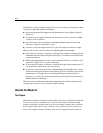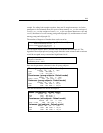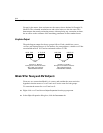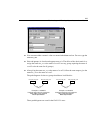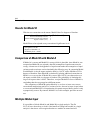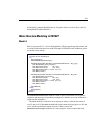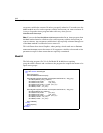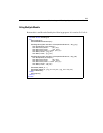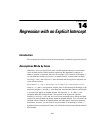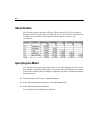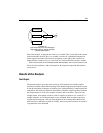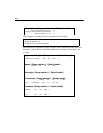
217
Estimating and Testing Hypotheses about Means
automatically compute the difference in chi-square values as well as the p value for
testing Model B against Model A.
Mean Structure Modeling in VB.NET
Model A
Here is a program (Ex13-a.vb) for fitting Model A. The program keeps the variance and
covariance restrictions that were used in Example 10, Model B, and, in addition, places
constraints on the means.
The
ModelMeansAndIntercepts method is used to specify that means (of exogenous
variables) and intercepts (in predicting endogenous variables) are to be estimated as
explicit model parameters.
The
Mean method is used twice in each group in order to estimate the means of
recall1 and cued1. If the
Mean method had not been used in this program, recall1 and
cued1 would have had their means fixed at 0. When you use the
ModelMeansAndIntercepts method in an Amos program, Amos assumes that each
Sub Main()
Dim Sem As New AmosEngine
Try
Sem.TextOutput()
Sem.ModelMeansAndIntercepts()
Sem.BeginGroup(Sem.AmosDir & "Examples\UserGuide.xls", "Attg_yng")
Sem.GroupName("young_subjects")
Sem.AStructure("recall1 (var_rec)")
Sem.AStructure("cued1 (var_cue)")
Sem.AStructure("recall1 <> cued1 (cov_rc)")
Sem.Mean("recall1")
Sem.Mean("cued1")
Sem.BeginGroup(Sem.AmosDir & "Examples\UserGuide.xls", "Attg_old")
Sem.GroupName("old_subjects")
Sem.AStructure("recall1 (var_rec)")
Sem.AStructure("cued1 (var_cue)")
Sem.AStructure("recall1 <> cued1 (cov_rc)")
Sem.Mean("recall1")
Sem.Mean("cued1")
Sem.FitModel()
Finally
Sem.Dispose()
End Try
End Sub



